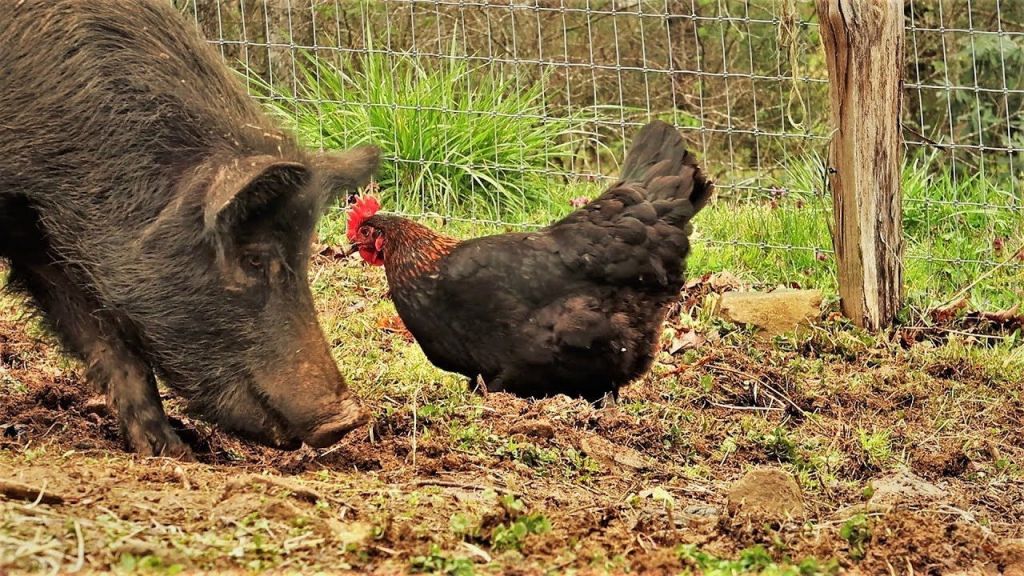Livestock: A Guide to Raising and Caring for Animals on Your Homestead
Introduction:
Rural living and homesteading offer a unique opportunity to embrace self-sufficiency by raising livestock. Whether you have acres of land or just a small backyard, incorporating animals into your lifestyle can provide numerous benefits. From fresh eggs and milk to natural pest control and sustainable meat production, livestock can enhance your self-reliance while fostering a deeper connection with nature. In this comprehensive guide, we will explore the various considerations involved in raising and caring for livestock on your homestead.
Choosing the Right Livestock:
Before embarking on your journey as a livestock owner, it’s essential to choose the right animals that align with both your goals and available resources. Factors such as space availability, climate suitability, financial considerations, time commitment, and personal preferences should all be taken into account.
1. Chickens:
Chickens are one of the most popular choices for beginners due to their relatively low cost and easy maintenance requirements. They provide a steady supply of nutritious eggs while also helping control garden pests through natural foraging behavior.
2. Goats:
Goats are excellent additions to any homestead as they efficiently convert grasses into milk or meat products. Additionally, their browsing habits make them effective at clearing unwanted vegetation.
3. Pigs:
If you have enough space and access to appropriate feed sources, pigs can be raised for delicious pork cuts while benefitting from their exceptional rooting abilities that contribute positively towards soil cultivation.
4. Cows:
For those with larger properties suitable for grazing animals like cows, cattle farming offers opportunities for dairy production or even beef production if desired.
5. Sheep:
Sheep are versatile animals that can be raised primarily for wool production but can also serve as an alternative source of meat or milk in smaller quantities.
6. Bees:
While not traditionally considered “livestock,” beekeeping can be a rewarding endeavor. Bees provide honey, beeswax, and contribute to pollination, benefiting both your garden and the surrounding ecosystem.
Basic Livestock Care:
Once you have decided on the type of livestock that suits your homestead best, it’s important to understand the basic principles of animal care. Providing proper shelter, nutrition, healthcare, and attention to behavior are critical factors in maintaining healthy livestock.
1. Shelter:
All animals require appropriate housing structures based on their specific needs. Ensure that shelters protect them from extreme weather conditions while providing adequate space for movement and comfort. Cleanliness is also crucial to prevent diseases and infections.
2. Nutrition:
Each species has unique dietary requirements; therefore, understanding their nutritional needs is vital. While grazing animals may rely mainly on pasture during warmer months, they will need supplemental feed during colder seasons or when grass availability decreases.
3. Healthcare:
Regular veterinary care is essential for maintaining the health of your livestock. Vaccinations, deworming treatments, hoof trimming (in certain cases), dental checks (for some animals), and general wellness exams should be part of a routine healthcare plan.
4. Behavior:
Observing animal behavior allows you to identify any signs of illness or distress promptly. Establishing a bond with your livestock through regular interaction helps build trust and enables easier handling when necessary.
Sustainable Practices:
Embracing sustainable practices not only benefits your homestead but also promotes responsible stewardship of natural resources.
1. Rotational Grazing:
Implement rotational grazing systems where possible to optimize pasture utilization while allowing for regrowth periods that promote healthier grazing lands over time.
2. Manure Management:
Properly managing manure reduces environmental impacts while harnessing its potential as organic fertilizer for gardens or crops by composting or utilizing it in designated areas away from water sources.
3. Water Conservation:
Ensuring access to clean water is essential for animal welfare; however, implementing water-saving practices, such as using automatic waterers or rainwater collection systems, helps conserve this valuable resource.
4. Integrated Pest Management:
Livestock can contribute to pest control efforts by reducing populations of insects and other pests naturally. However, in cases where additional measures are required, adopting integrated pest management strategies minimizes reliance on harmful chemicals.
Conclusion:
Raising livestock on your homestead is a rewarding endeavor that offers countless benefits for self-sufficiency and sustainable living. By carefully selecting the right animals for your circumstances and following proper care protocols, you can enjoy fresh produce, natural pest control, and the satisfaction of nurturing animals while contributing positively to the environment. Remember that raising livestock requires time, dedication, and ongoing learning; however, with patience and perseverance, it can become an integral part of your rural lifestyle.


Leave a comment